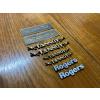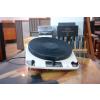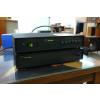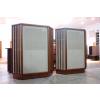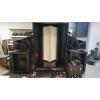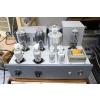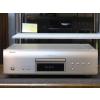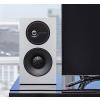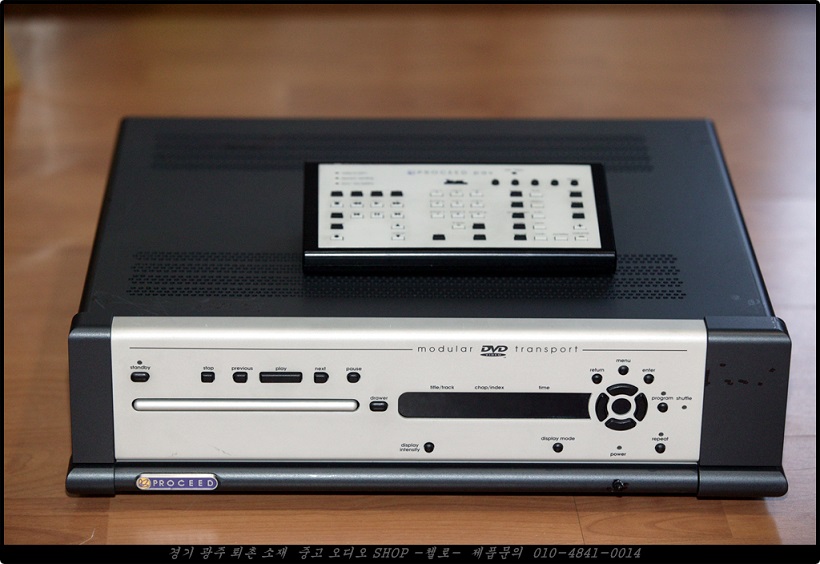
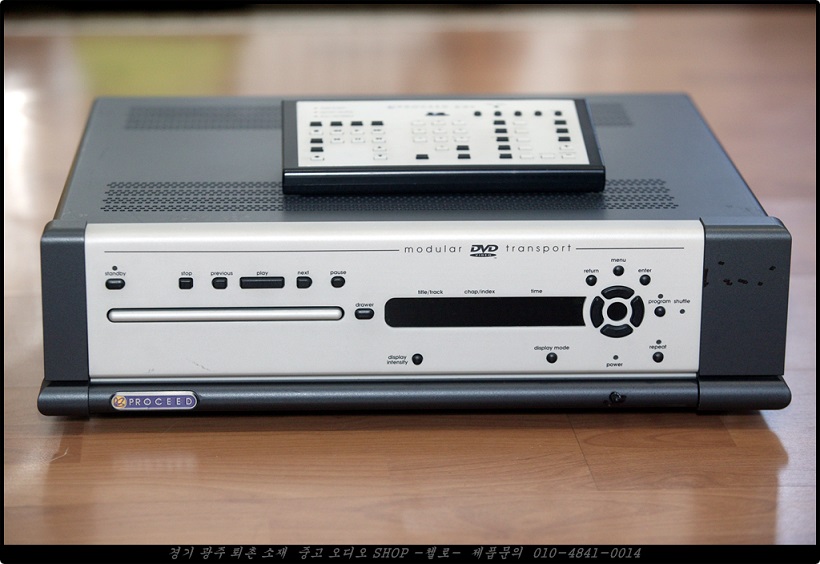
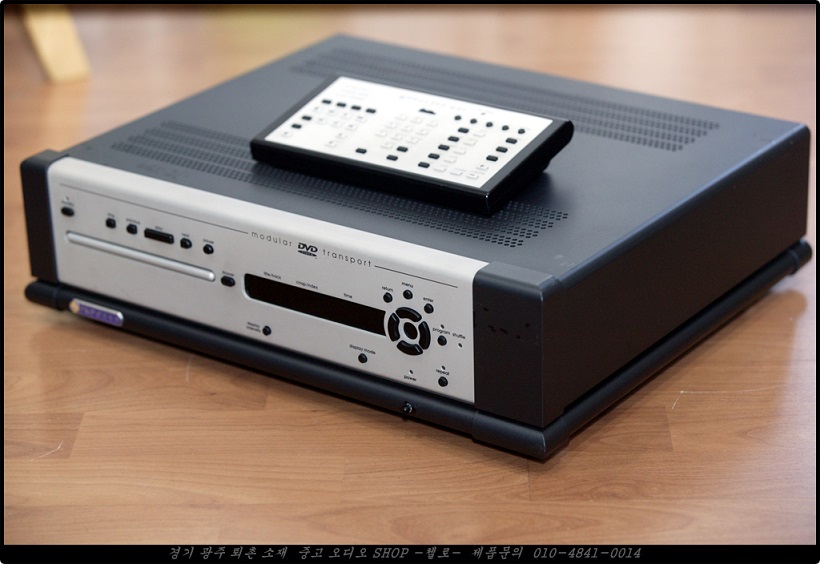
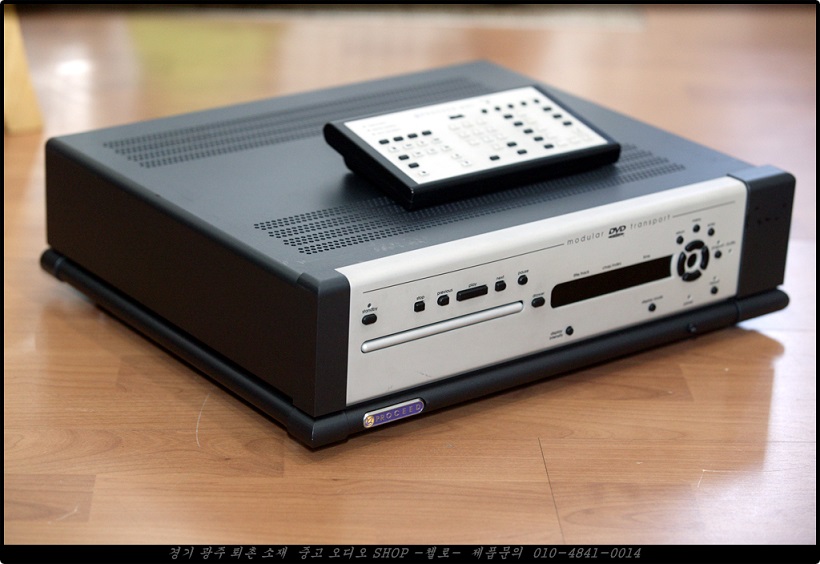
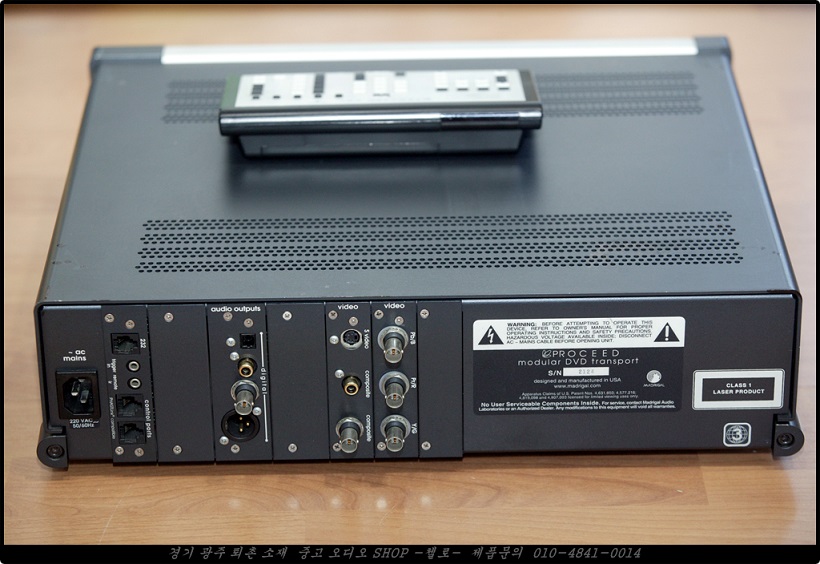
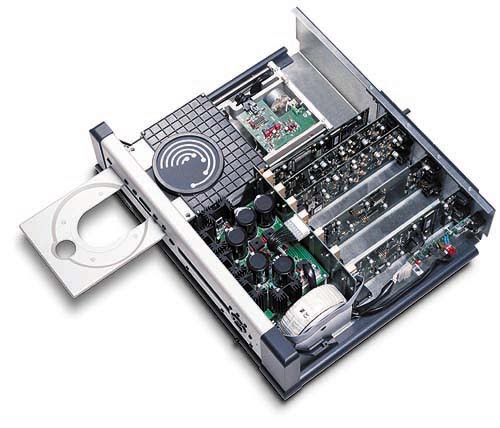
Rating of a mode Form DVD transport Video output Composite (75ohm BNC)
S-Video
Component (75ohm BNC) x3 Digital-audio output XLR (AES/EBU 110ohm and 3.5V)
BNC (SPDIF 75ohm, 0.5V)
RCA (SPDIF 75ohm, 0.5V) Dimensions Width 448x height 127x depth of 367mm Weight 12.7kg Adjunct Wireless remote control
Introduction
The Proceed PMDT is a $5,995 modular DVD-Video transport and video processor built by Madrigal, the parent company of brands like Mark Levinson, Madrigal Imaging, Revel and Audio Access. Unlike nearly all commercially successful high end DVD-Video players, the Proceed PMDT as a transport is built from the ground up for performance, not a repackaged Japanese OEM player with a bunch of tweaks made under the hood. The advantage of such an approach is complete freedom to deliver amazing functionality. The disadvantage is, as DVD-Video has developed into the most successful AV technology ever (that’s right more successful than CD) the technological road has been far from smooth including DVD authoring issues, disc reading issues as well as the looming DVD-Audio format to consider. To date, the Proceed PMDT attacks the challenge of reproducing DVD-video discs at the highest level with nearly no competition other than Meridian’s $16,000 800 DVD machine.
There are three key areas to evaluate with the Proceed PMDT: the audio quality, the video quality and the optional PVP as a 480P video processor. The first category, the Proceed PMDT as an audio transport is one of the most shocking. DVD-Video players are rarely considered by hardened audio enthusiasts as worthy CD transports, however the Proceed PMDT is absolutely the exception. Before my review sample arrived I spoke with an industry icon who has the enviable luxury of testing literally all of the best cost-no-object audio and video components in the world as his profession (don’t you just hate this guy?) as part of a big cable manufacturer. His company owns a Mark Levinson No. 31.5, their big gun reference CD transport costing $10,000, and he told me that the PMDT nearly as good as an audio transport in blind A-B comparisons. I found that hard to believe until I got my PMDT installed and compared it to my trusty old reference CD transport – a Theta Data Basic. The difference were staggering. The PMDT was so much more liquid and resolute. The Theta sounded thin, brittle and weak in comparison. Ultimately the Theta was on eBay and out of my life for the PMDT. Keep this in mind as well, I am a music enthusiast first and film buff second. I would never compromise music playback for movies therefore the PMDT was able to woo me away from a more audiophile friendly product with its ability to reproduce music in my system – plain and simple.
As a DVD-Video player, the PMDT is one of the absolute best money can buy. It excels in color reproduction and lack 0f noise in comparison to other components I have had in my system. Additionally, the feature sets offered including the ability to program out the FBI warnings and having the PMDT remember which surround mode you like best (DTS for me) as your first standard and then having for me Dolby Digital as my backup all preprogrammed without the need for needless menu hunting, makes the PMDT a really luxury in your home theater.
The PVP is a card option for the PMDT that has a modified version of the Silicon Image iScan video processor. At $1,500, this option is a worthy consideration for many AV enthusiasts in a number of systems that do not have big-dollar video processors like Faroudja’s $4,000 (and up) NR Series processor. In my case, I have a Madrigal Imaging D-ILA digital video projector (review pending) and use a Faroudja NRS to upconvert 480I video from sources like DSS, TiVo, VHS and DVD to a 720P resolution. The PVP is legally limited to 480 progressive resolution but at 480P, the PVP is an exacting video processor that excels at reproducing difficult colors like bright yellows and oranges with accuracy that is normally reserved for HDTV. Direct comparisons between the PMDT and the Faroudja were difficult because the PMDT can not output 480i component video while the PVP card is installed, yet in switching back and forth on both my old Sony 7 inch CRT projector as well as my new D-ILA, seemingly the motion artifacts are far less obvious on the Faroudja. The color quality was nearly as good with he PVP.
The PVP very nicely interfaces with the Proceed AVP (soon to be an AVP2 though a pending upgrade) AV preamp to facilitate audio and video switching and successfully reducing system complexity as compared to the outboard video processor assuming you are using a Proceed product as your AV preamp. For HDTV systems, and if you are bucking up for a $5,995 DVD player you are likely in the market for HDTV at this point, you can toss the system simplicity described out the window. The Proceed PMDT even with the PVP installed has no HDTV video passthrough thus in order to hook it up you need an outboard video switching product that redirects component video. Extron and Key Digital make some of the finest outboard products in this category ranging in price from $500 to $1,500. The Faroudja offers full 1080I component video passthrough on their video processor in conjunction with a component video input which is best for DVD. In coming months the AVP2, with its optional CVP2 outboard video switching device, will have such inputs and passthoughs. While the Faroudja has performance advantages and can be more simple in HD systems, the decision for a PVP is made mostly based on price. At $1,500 the PVP is a well done video processor that can shred internal video processor in many other DVD players and can compete with Faroudja internal video processor found on really suave DVD players from Kenwood, Krell and others.
More Features and Gadgetry
The Proceed PMDT is built from the ground up with ergonomics in mind. The button layout on the unit makes the remote unnecessary in most situations – a comment I have never made while reviewing a DVD player. The PMDT remote is a big sucker and has tons of buttons. Some aren’t all that intuitive including the all important Menu button which takes some getting used to but once you find it once, you’ll be ready to rock from then on.
The software for the PMDT has its flaws for which I will discuss in the downside but since the player isn’t just a repackaged player like others, it has the ability to customize the use of the system to impressive standards. This includes telling the player to remember which surround modes you like for all kinds of different discs. DTS CDs launch in DTS surround. CDs in my system spun in stereo. Movies were reproduced in DTS if it was available. If not, my PMDT knew that I wanted Dolby Digital next. The PMDT is so smart it will even remember the settings you have selected for a specific disc and go directly back to them without you having to lift a finger. If you wanted to change the settings all you have to is access the menu and the options are easily. The menus are intuitive and smooth as far as the interface goes.
The disc tray itself has a predetermined sensitivity for opening and more importantly, closing. It is refreshing to see special attention paid to the physical details of a DVD player. They do matter, especially jitter which can be, at least partially, addressed in the physics of a transport. In comparison, the Theta DaViD that I reviewed over a year ago didn’t inspire the same confidence the PMDT does when the front faceplate literally falls off in your hand to remind you that you bought a $4,500 Pioneer repackaged. At least the Pioneer’s tray won’t fall apart on you and surely the Proceed is built to way higher tolerances. It would have been useful to have the tray sensitivity adjustable in the user menu because I did find it a bit temperamental when asking the tray to close with your fingers. In fact I once damaged a disc by unsuccessfully loading a Van Halen disc. The PMDT closed on the disc causing scuff marks and the player would no longer read. For that matter the PMDT is a bit touchy about the discs going in. My tests showed that you really couldn’t get away with playing tired CDs with lots of fingerprints or slight scratches like the ones you get loading CDs from your car changer back to your main collection. Dish soap and a soft, lint free cloth solved most of the problems.
Rarely do I talk about cables but I must comment on my experience switching from S-Video to Component while using the PMDT. Madrigal suggested that the changes wouldn’t be too earthshaking but they were. More scary was the fact that with an upgrade to a Transparent Reference Component Video cable my picture became less noisy and the colors were more vibrant. If you have read my reviews in the past, you know I am the last guy to advise you to geek out over cables however in this instance I must insist that you at least try a high performance $300 plus video cable with the PMDT versus say a Radio Shack special. Be sure not to toss your Radio Shack receipt. You will be back with
